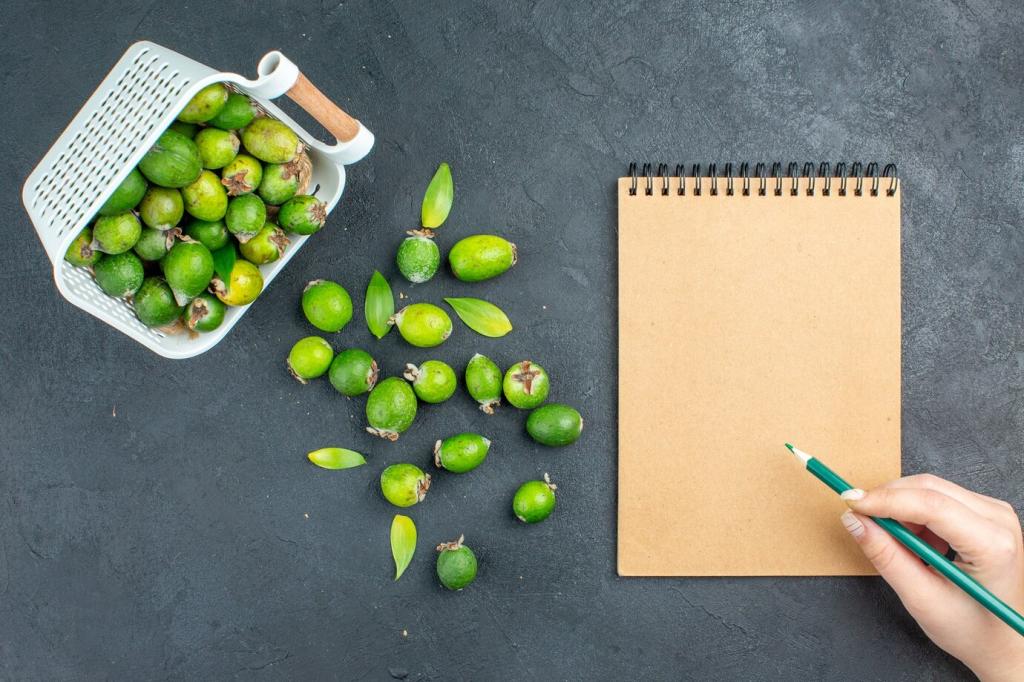Zero Waste Home Practices
Adopting zero waste home practices is a powerful way to reduce your environmental impact and promote a healthier, more sustainable lifestyle. By minimizing landfill waste, conserving resources, and rethinking daily habits, you can significantly shrink your household’s carbon footprint. This guide explores practical, effective strategies for integrating zero waste principles into your routine, from mindful purchasing to creative reuse, all designed to make sustainable living achievable for everyone.


Rethinking Consumption Habits
Mindful purchasing involves taking a step back before every acquisition, large or small, to consider its true necessity and environmental cost. Individuals can foster a more intentional relationship with their belongings by prioritizing quality over quantity. This means investing in durable goods, selecting items with repairable or modular designs, and choosing products that are made ethically. When shopping, it’s crucial to ask whether an item is truly needed or if it merely fills a temporary desire. By slowing down consumption, households can drastically reduce their waste, as fewer items ultimately become obsolete or disposed of. This intentionality not only minimizes physical clutter but also helps conserve resources and signals to businesses the demand for more sustainable practices.
Creative Reuse and Repurposing
Reinventing Everyday Objects
The art of giving new life to everyday objects greatly extends their usability and keeps materials out of the landfill. A glass jar, for example, might start as food packaging but can be washed and repurposed into a storage container, a plant vase, or a portable lunch vessel. Old t-shirts can find new life as cleaning rags or be fashioned into reusable produce bags, reducing dependence on synthetic alternatives. Reinventing items often requires nothing more than imagination and a willingness to see value beyond an object’s immediate function. Not only does this practice add character and unique charm to household essentials, but it also encourages families to recognize the hidden potential in things typically discarded.
Upcycling Projects
Upcycling transforms waste materials or unwanted products into new, higher-quality items with added practical or aesthetic value. This goes beyond simple reuse—it’s about creatively reimagining a product’s purpose and crafting something improved. Furniture made from reclaimed wood, decorative art from scrap metal, or jewelry from broken electronics are all examples of upcycling. These projects often become conversation pieces within the home, reflecting both resourcefulness and respect for the environment. For families and individuals alike, upcycling fosters valuable skills such as problem solving, DIY techniques, and design thinking, making the process as enriching as the finished result. In a zero waste home, upcycling is not just a method, but a mindset.
Repairing and Refurbishing
Learning to repair and refurbish objects is an indispensable aspect of zero waste home living. Instead of discarding a worn appliance, torn clothing, or a broken chair, households are encouraged to seek solutions—whether that’s mending, reupholstering, or replacing a specific part. These restorative skills can be self-taught through online tutorials or workshops, offering a sense of accomplishment and independence. Repair cafés and community tool libraries further make fixing accessible and collaborative. By valuing maintenance over replacement, families extend the lifespan of their belongings and make a tangible difference in reducing waste. This commitment not only saves money, but it cultivates a culture of care and stewardship within the home.

Sustainable Food and Kitchen Practices
Reducing food waste starts with planning meals, storing groceries properly, and finding creative ways to use leftovers and scraps. Mindful meal preparation involves buying only what’s needed, paying attention to expiration dates, and learning proper food storage techniques to prolong freshness. Even vegetable peels, stems, and stale bread can be transformed into soups, stocks, or croutons, ensuring nothing is wasted. This practice not only supports environmental health by diverting organic matter from landfills but also saves significant money. Educating the household about these techniques empowers everyone to participate, creating a collective effort to make the most of each ingredient and dramatically reduce the amount of edible food that goes to waste.
